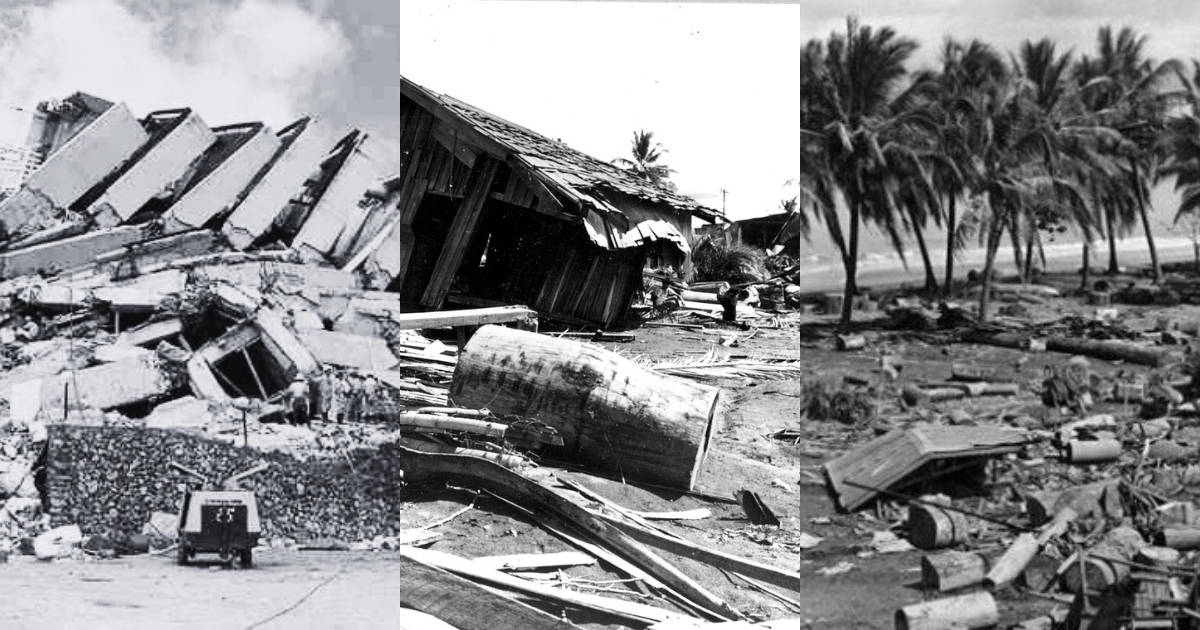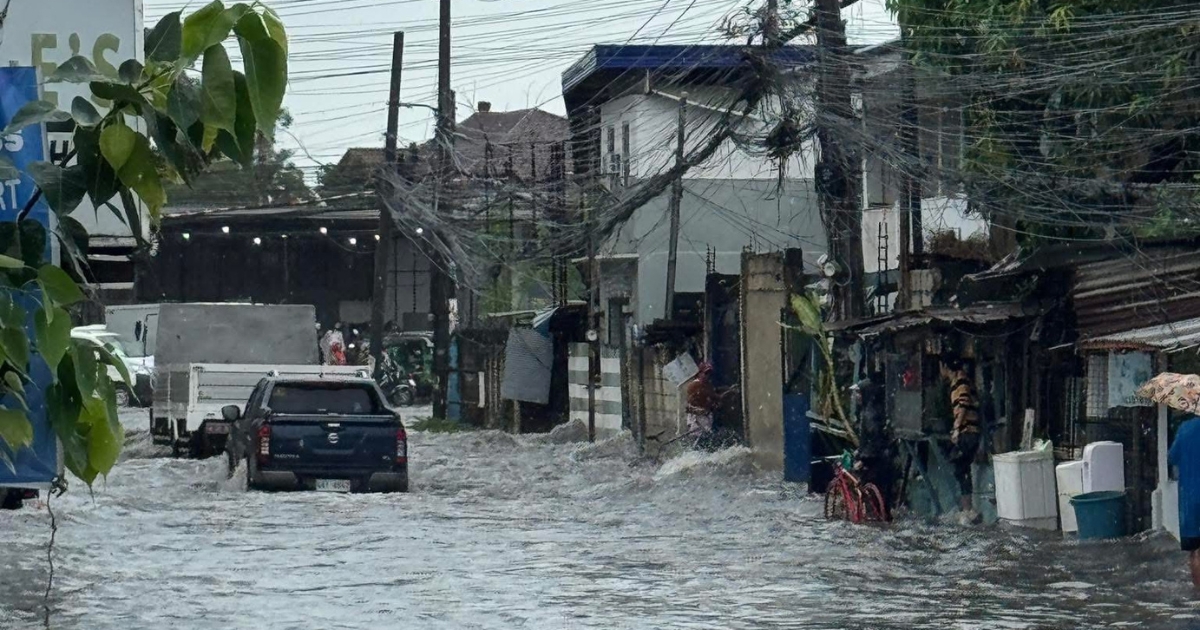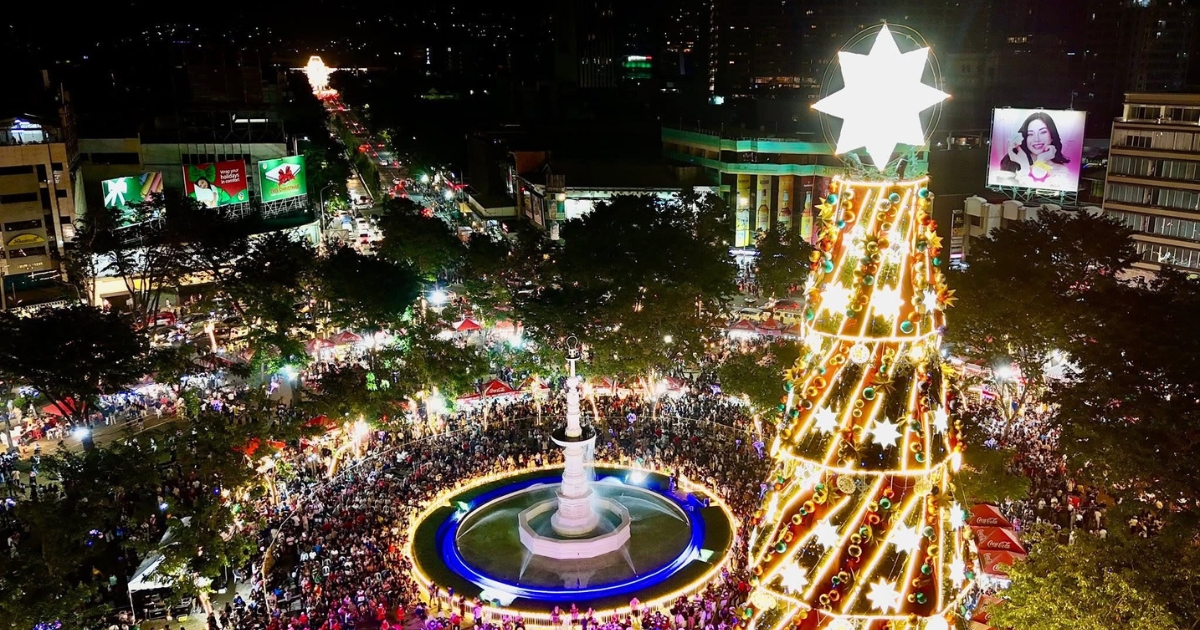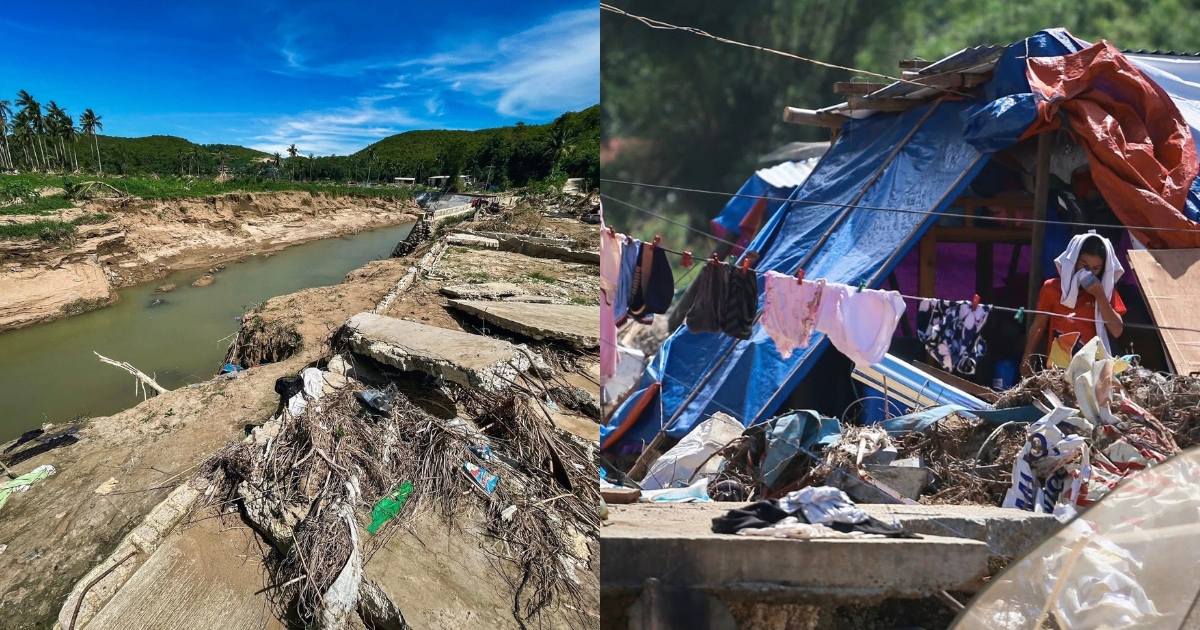##
The Philippines, sitting squarely on the seismically volatile “Ring of Fire,” is no stranger to the earth’s fury. Yet, one event stands out in the nation’s history as a night of unparalleled catastrophe: the 1976 Moro Gulf Earthquake.
It was just past midnight, 12:11 AM on August 17, 1976, when the earth beneath the southern Philippines shuddered with unimaginable force. The source was a massive movement along the Cotabato Trench deep beneath the sea, unleashing a colossal magnitude 8.1 earthquake. This wasn’t just a tremor; it was the strongest earthquake ever recorded in Philippine history.
The sheer power of the temblor sent devastating shockwaves across the islands. Parts of Mindanao bore the brunt of the ground shaking, including provinces like Lanao del Sur, Cotabato, Sultan Kudarat, Zamboanga, Basilan, and Sulu. Buildings crumbled, infrastructure was shattered, and communities were thrown into chaos in the dead of night.
The Unstoppable Wave
As horrific as the initial quake was, the real tragedy followed within minutes. The underwater seismic activity displaced a monumental volume of seawater, generating a massive tsunami.
Witnesses recounted the terrifying sight of the ocean receding before a colossal wall of water came roaring ashore. Waves were documented to have reached heights of up to 9 meters (30 feet), crashing inland with devastating force. Coastal towns and villages, many of which had no warning or knowledge of tsunamis, were utterly overwhelmed. The tsunami’s impact was merciless and swift, wiping out entire communities.
A Catastrophe Etched in Memory
The final toll of the 1976 Moro Gulf earthquake and tsunami remains a sobering reminder of nature’s destructive power. The catastrophic event claimed the lives of approximately 8,000 people, many of whom were victims of the ensuing tsunami. Thousands more were injured, and countless others were left homeless, their lives forever changed.
Even nearly five decades later, the 1976 Moro Gulf quake holds the grim distinction of being the most powerful and destructive seismic event in the country’s history, both in its sheer magnitude and its tragic human impact. It serves as a perpetual, chilling reminder for a nation living on the Ring of Fire: the ground beneath our feet can wake up at any moment, and the sea can suddenly become our greatest threat.











